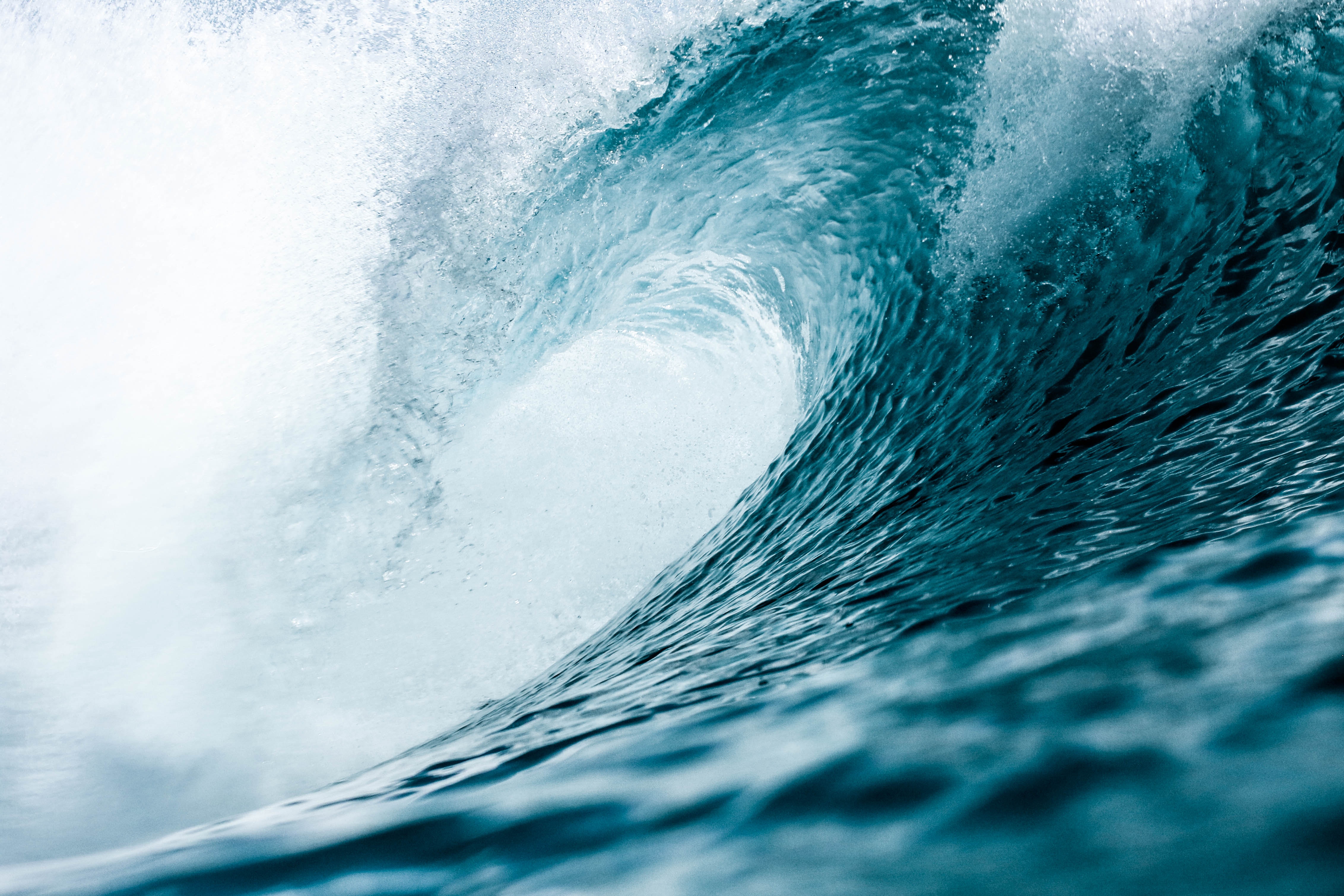
Internal waves form because the ocean is layered.

They can be hundreds of meters tall and tens to hundreds of kilometers long.Įnhanced by sunglint in the image above, these long wave forms moving across the sea surface are a visible manifestation of slow waves moving tens to hundreds of meters beneath the sea surface. Internal waves are quirky phenomena that were scarcely known to science until the satellite era. Western Australia is mostly desert and relatively flat, so it is possible that an atmospheric wave pattern formed when an air mass rode up over the Hamersley Range (just outside the scene) and out toward the sea. It is also possible-though perhaps less likely because of the distance-that the wave patterns in the image above have their origin inland. A series of cloud ripples mark the edges of the wave front as it propagates and dissipates. The moist air rises, then gravity pulls it back down the warm air rises again, then falls again. The dry air tends to push the moist air higher in the atmosphere, causing water vapor to form droplets and amass into clouds. Off the west coast of Africa, we often see waves form when the dry air from the Sahara moves out over the much moister air over the tropical Atlantic Ocean. It is unclear what caused the atmospheric waves in the image above. Other times, the collision of different air masses will cause a rippling effect. Sometimes the movement of an air mass over a bumpy feature-a mountain ridge, a volcano, or an island amidst a flat sea-will force air to rise or sink, creating ripples in the sky like those propagating across the surface of a pond. Waves form in the atmosphere for a variety of reasons. That sunglint makes it possible to see the faint ripples of internal waves that is, large waves that propagate below the water surface, within the depths of the sea. Closer to the coast, the bright area of water is sunglint-the reflection of sunlight directly back toward the satellite imager.
.jpg)
Well offshore to the north and west, atmospheric waves are made visible by parallel bands of white clouds. local time (03:05 Universal Time) on February 10, 2016, the Moderate Resolution Imaging Spectroradiometer (MODIS) on NASA’s Terra satellite acquired this natural-color image of wave patterns off the coast of Western Australia. Two kinds of waves are visible in the image above, yet neither is the kind you are probably familiar with.Īt 11:05 a.m.


 0 kommentar(er)
0 kommentar(er)
